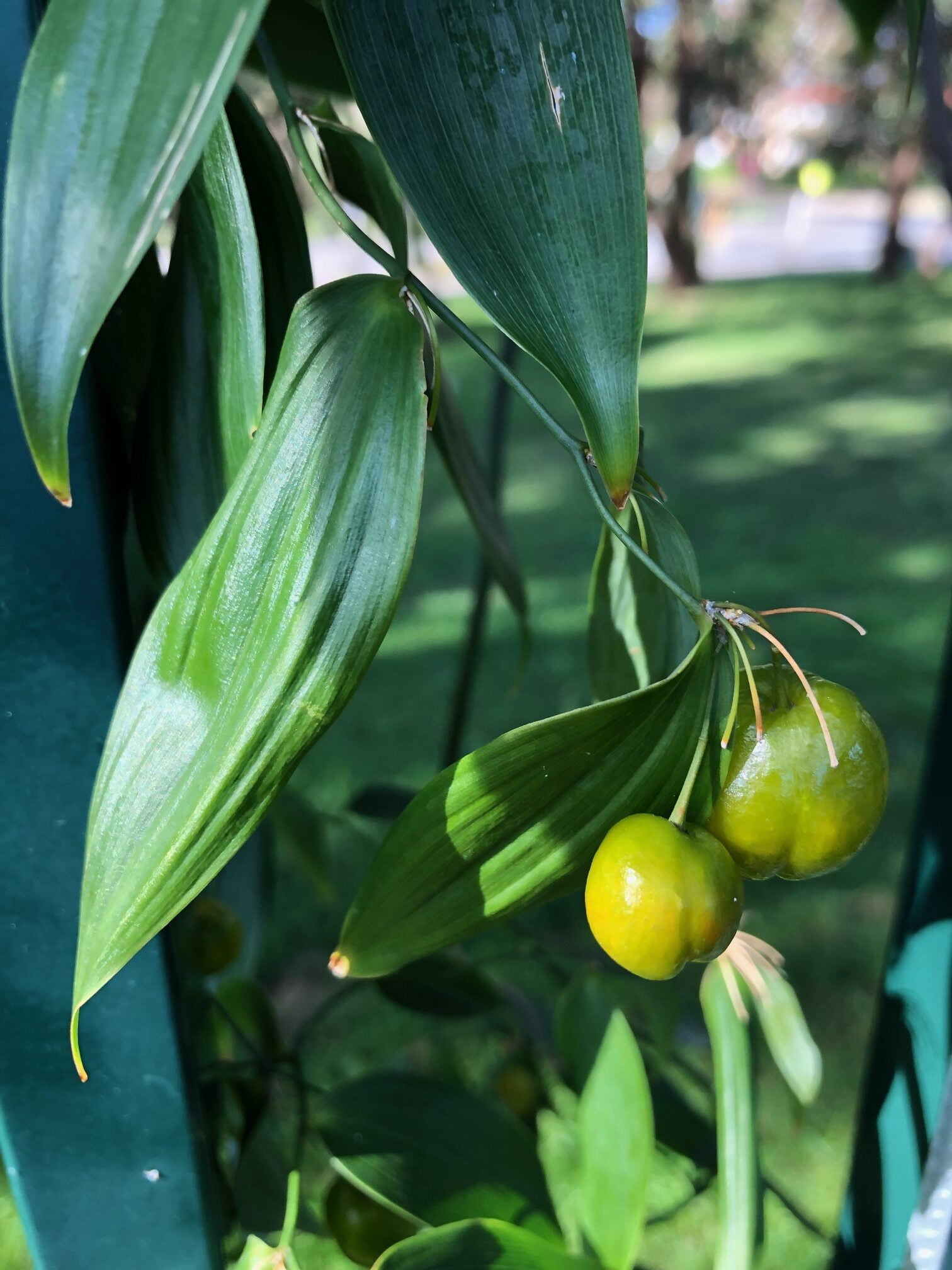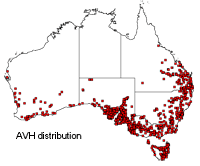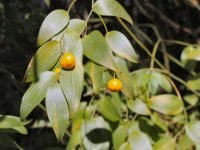
Eustrephus latifolius
Common name: Wombat Berry
I grow best: Climber
• Full sun/ part shade
• Grows up to height 6m
• Flowers – Spring to Summer
• Adapts to most sandy soils, attracts bees birds and butterflies
• Cultural uses
Looks like: An adaptable fast growing twining vine that can also grow in a clump if not supported, or used as a ground cover. It has fringed white to pink small flowers in spring followed by orange berries through winter. Birds like the berries, and the tuberous roots are eaten by creatures such as wombats, hence the common name. It is a useful climber as it is not overly rampant, will reach around 6 metres high and wide. Can grow in sun but best in part shade, tolerates light frost, most soil types. It is usually a reasonably vigorous twining plant but may also occur as a scrambling ground cover. The leaves are lance-shaped to about 80 mm long and have conspicuous longitudinal veins. Flowers are about 15 mm diameter and occur in spring in the upper leaf axils. They are usually white or pale pink with very hairy petals. The flowers are followed by orange berries containing a number of shiny, black seeds. The fruits usually remain on the plant for many months.
Habitat & Growing: Grows in sclerophyll forest, woodland, heath and on margins of rainforest; widespread, from coastal districts inland, Queensland, Victoria, Pacific Islands, Malesia. Propagation is best carried out from fresh seed.
Distribution:

Traditional uses: The fleshy roots of the plant are edible. The tuberous roots can be eaten either raw or cooked, with an earthy taste

